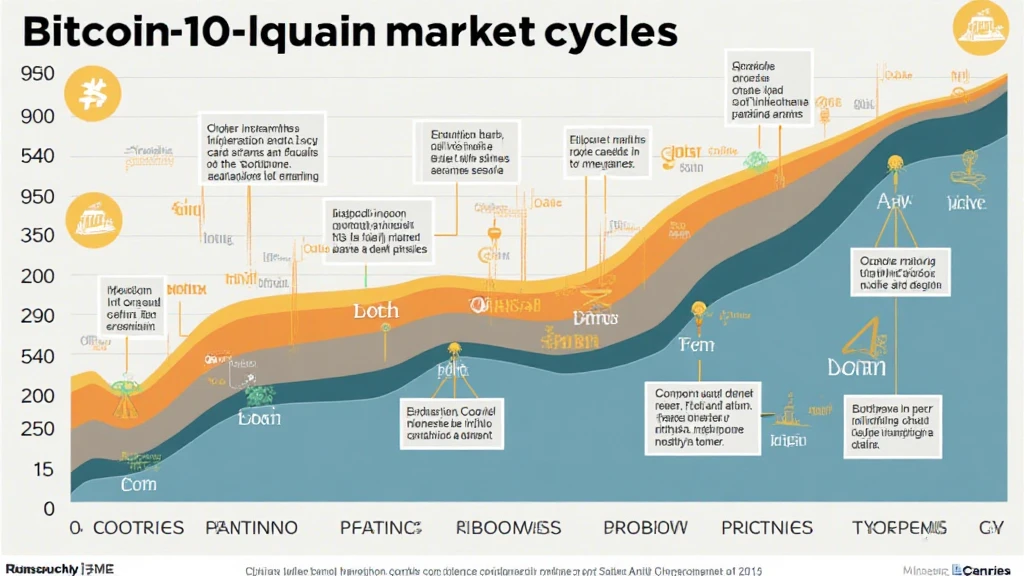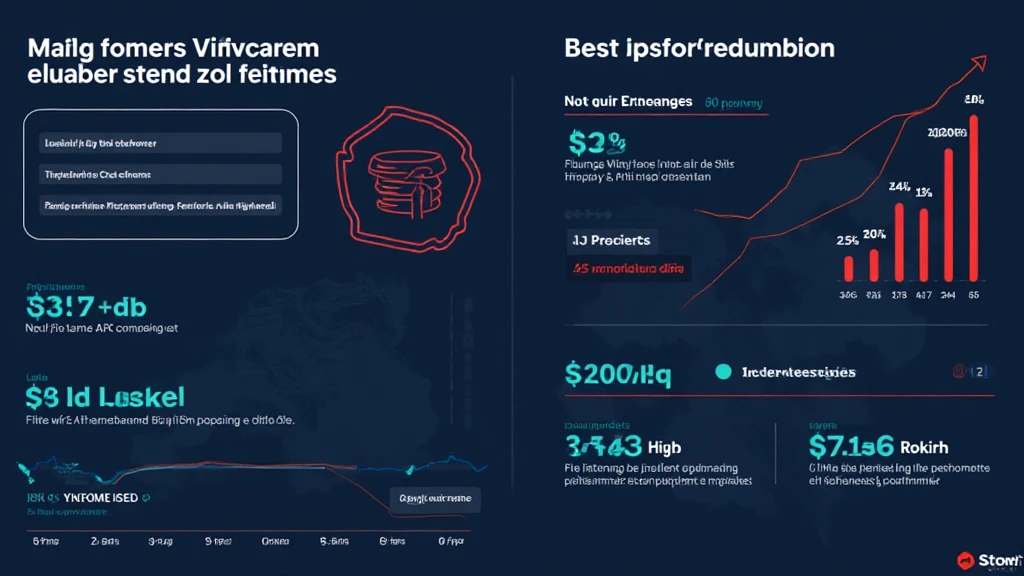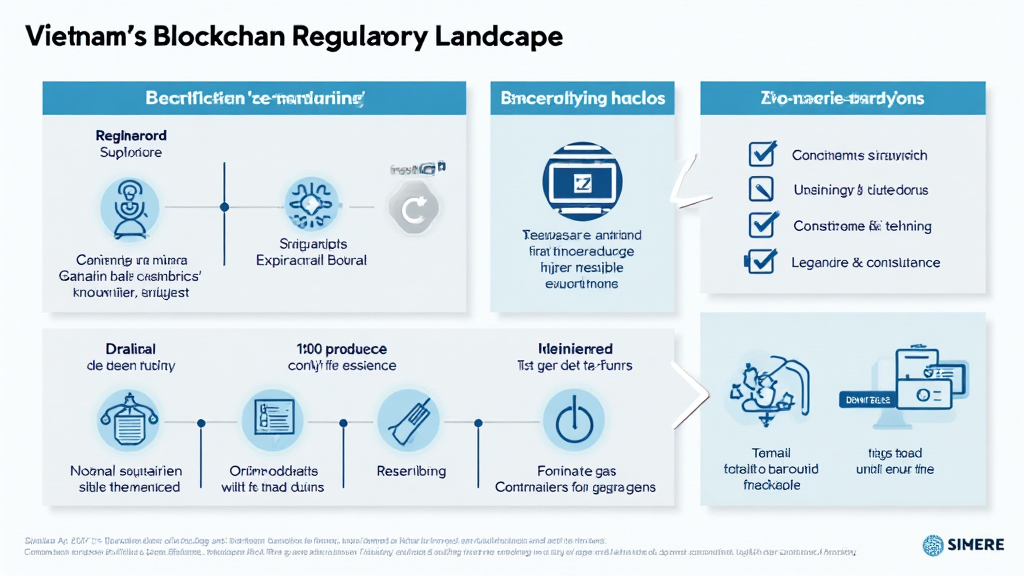Introduction: The Landscape of Bitcoin Market Cycles
In the volatile world of cryptocurrency, understanding market cycles is crucial. With over $4.1 billion lost to DeFi hacks in 2024 alone, investors are increasingly looking for methods to safeguard their assets. Bitcoin, being the leader in this space, often dictates market trends and offers insights into the broader cryptocurrency environment.
The significance of Bitcoin market cycle analysis cannot be underestimated as it allows investors to make informed decisions, anticipate price movements, and identify optimal entry and exit points. This article presents various aspects of Bitcoin market cycles, focusing on their trends, historical data, and implications for future investments. By analyzing patterns, you can better navigate the evolving landscape of cryptocurrency.
Understanding Bitcoin Market Cycles
The Bitcoin market cycle consists of four distinct phases: accumulation, uptrend, distribution, and downtrend. Let’s break down each phase:

- Accumulation Phase: This is the phase where smart investors enter the market after a prolonged downtrend. Historical data shows that Bitcoin’s price often stabilizes in this phase, with lower trading volumes. Investors seek positions ahead of upcoming bull markets.
- Uptrend Phase: Following accumulation, the price begins to rise, fueled by heightened demand and positive sentiment. This phase often sees significant increases in trading volume. For instance, during 2020, Bitcoin surged from approximately $5,000 to over $60,000 as institutions began to buy in.
- Distribution Phase: As prices reach new highs, early investors begin to sell, leading to increased supply in the market. This phase is characterized by market behavior changes, where the hype may overshadow fundamental values.
- Downtrend Phase: This final phase often sees significant sell-offs as market sentiment turns bearish. Emotional reactions can lead to panic selling, further driving prices down, as seen after the peak in December 2017.
Identifying Patterns Through Historical Data
Historical data analysis serves as a powerful tool in market cycle analysis. By evaluating past price movements and trends, investors can identify potential future behavior. Here’s a chart illustrating the Bitcoin price at key cycle points:
| Year | Price at Accumulation | Price at Uptrend Peak | Price at Distribution Peak | Price at Downtrend Bottom |
|---|---|---|---|---|
| 2017 | $1,000 | $20,000 | $15,000 | $3,000 |
| 2020 | $5,000 | $64,000 | $58,000 | $29,000 |
| 2024 | $15,000 | $80,000 | $60,000 | $35,000 |
As the table shows, each cycle exhibits recognizable patterns. Always keeping an eye on these historical references helps traders prepare for similar movements in the future.
The Role of Market Sentiment in Cycle Analysis
Market sentiment actively influences Bitcoin prices and contributes significantly to the overall cycle’s dynamics. It is important to keep abreast of trends in investor health backed by real-time data.
For example, Google Trends and social media sentiment analysis can reveal how public opinion shifts during different phases of the market cycle. A spike in searches related to Bitcoin during a market uptick often precedes price surges.
- Positive Sentiment Indicators: Key indicators include rising social media mentions and favorable news coverage, typically observed during the uptrend phase.
- Negative Sentiment Indicators: Conversely, increased fear and skepticism can serve as signals that the market is transitioning into a downtrend.
Local Insights: Vietnam’s Growing Crypto Market
As Southeast Asia’s cryptocurrency landscape develops, Vietnam has emerged as a notable player. Recent reports indicate that the number of active Bitcoin traders in Vietnam grew by 35% over the past year. The local adoption rate of cryptocurrencies appears robust, maintaining a promising trajectory compared to global averages.
Moreover, Vietnamese investors actively engage with Bitcoin and other cryptocurrencies, with many looking for insights into 2025’s most promising altcoins and potential trends. Engaging with these local insights can enhance your cycle analysis and trading strategy.
Practical Tips for Bitcoin Market Cycle Analysis
Understanding Bitcoin market cycles is not just about observation but also about applying learned knowledge strategically. Here are practical steps you can employ:
- Stay Informed: Follow credible resources like hibt.com for timely updates on Bitcoin trends and analysis.
- Utilize Technical Analysis: Tools like Fibonacci retracements and momentum indicators can help pinpoint key support and resistance levels.
- Practice Risk Management: Establish clear stop-loss levels to minimize potential losses, especially during the downtrend phase.
Be proactive in your approach, treating each market cycle with the seriousness it deserves.
Conclusion: Mastering Bitcoin Market Cycles
By mastering Bitcoin market cycle analysis, you equip yourself with the knowledge to make informed decisions in a challenging yet rewarding market. From understanding historical patterns to assessing local market sentiment, every layer adds to your expertise.
With Bitcoin’s growth trajectory likely to continue, conducting thorough analyses is essential as you prepare for the next upswing or downturn. Maintain focus on upcoming trends and leverage insights from every cycle.
As a reminder, though, it’s essential to remember that all investments come with risks, and thorough research and local regulations are paramount.
For additional guidance, the team at cryptocoinnewstoday offers valuable resources to help navigate the complexities of the cryptocurrency market.
Author: Dr. John Smith
Dr. Smith is a blockchain expert with over 10 years in the industry, having published more than 30 papers on cryptocurrency trends and market analysis.





